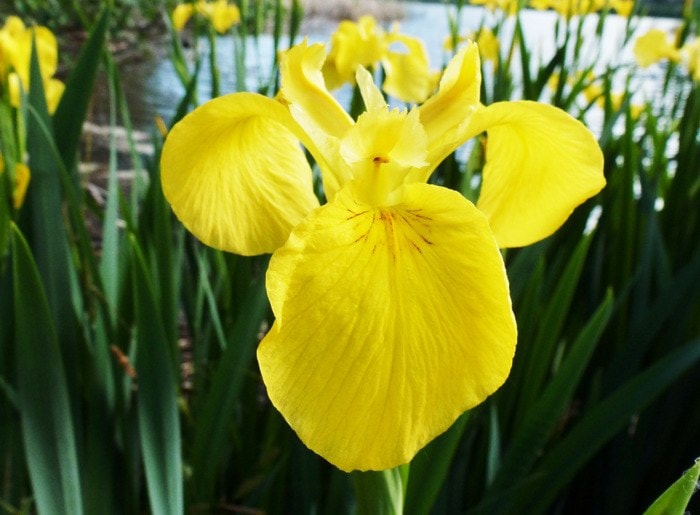What do the snakehead fish, rock snot and milfoil have in common? They are all invasive aquatic species known to occur in British Columbia.
They are threatening B.C.’s aquatic and riparian ecosystems, such as streams, lakes and wetlands, and the native wildlife that rely on these environments.
Fortunately, we don’t have the snakehead fish or rock snot – an invasive freshwater algae – in the Okanagan or Similkameen Valleys. But we do have many other non-native, aggressive aquatic species that have invaded our natural habitats and there’s potential for an onslaught of dozens more, if we fail to take action.
June 11 to 17 is B.C.’s inaugural Invasive Species Week.
This annual event will provide an opportunity for people all around the province to participate in local events and learn more about how to prevent the spread of invasive species.
This year’s theme centres around invasive species in aquatic environments.
“It’s hard to ignore invasive aquatic plants when you live in the Okanagan Valley — it would be a rare person in our region who has never heard of Eurasian milfoil. However, the list of aquatic invaders is far more extensive than you could possibly imagine,” said biologist Lisa Scott, who is also the coordinator of the South Okanagan-Similkameen Invasive Plant Society.
Like their terrestrial counterparts, aquatic invasive species have been entering Canadian waters for centuries but never as rapidly as today. Fisheries and Oceans Canada states that aquatic invasive species have already been responsible for significant devastation of some native fish species and fisheries in Canada.
Annually, the problem is responsible for billions of dollars in lost revenue and control measures.
Water-based recreational activities such as angling, boating and diving can spread aquatic invasive species to new locations. Plants, animals, and microscopic creatures can cling to clothing, equipment and boats.
If not cleaned, these species can be introduced into new bodies of water.
Locally, there has been little attention on invasive aquatic species, with the exception of Eurasian water milfoil.
Invasive plants like milfoil, and also algae, can form thick mats on the surface of the water, which can impede light penetration to underwater plants and animals, hinder boat traffic, clog intake pipes of boats, foul fishing lines and nets and cause a danger to swimmers.
Once established, these species are extremely difficult, if not impossible, to eradicate. Economically, the impacts of aquatic invasive plants can be devastating. Many of these species can cause increased boat repair and maintenance costs when they become tangled in motors. Real estate values can become depressed on water bodies with aquatic plant infestations like milfoil.
Water intake structures on dams can be damaged from mats of invasive plant materials. Management strategies to address infestations are extremely costly.
Unfortunately, the concerns do not end with plants. In fact, aquatic invasive animals pose a far greater threat to our waterways.
Of immediate concern are two freshwater mussel species, zebra and quagga mussels. These invertebrates rapidly colonize hard surfaces and can subsequently clog water-intake structures, impact recreation, alter food webs and affect water quality. Invasive mussels can affect entire ecosystems.
Recent research has determined there is a high risk of invasive mussels not only surviving in some parts of Okanagan Lake, but there is a high potential for massive infestations.
When it comes to aquatic invasive species, the ecological balance of our lakes and rivers is at risk, and so is our drinking water. Prevention of harmful new invasions is the first priority, as it is the most cost-effective way to deal with the problem.
Once species are established, the task becomes far more complex and costly. The issue of invasive aquatics is a hot topic and it’s the focus of a province-wide campaign in 2012.
So watch for it, and in the meantime, take the time to become more familiar with aquatic invaders during Invasive Species Week and learn what you can do to make a difference.
